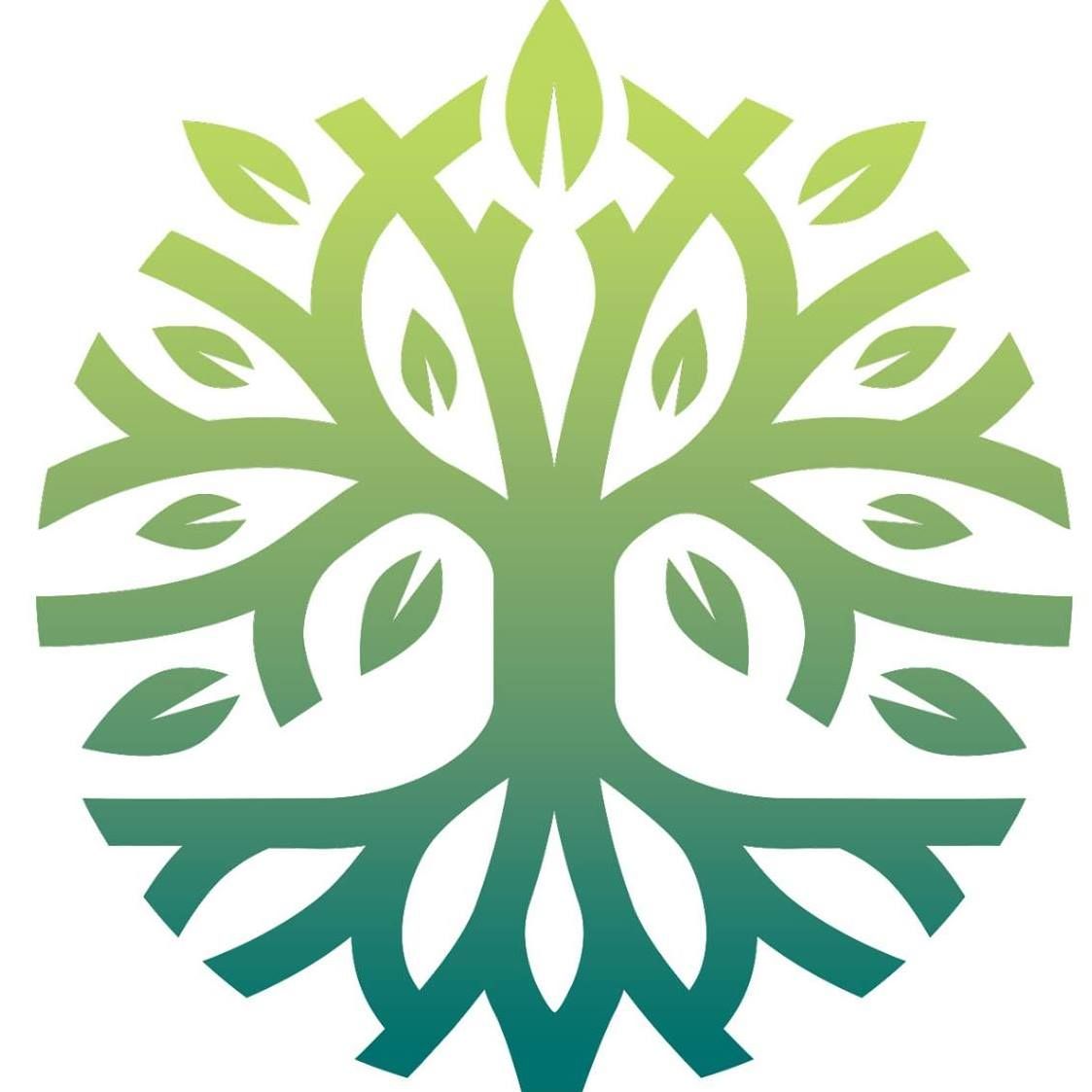Low Back Pain
Get Chiropractic care in Highland & Lebanon, IL
" Having lots of arthritic, back, and neck issues I wasn’t sure the results I would get but Dr. Alvarado is amazing, after 8 sessions my pain has decreased so much. "
What Causes Back Pain?
Your "lumbar spine", or low back, is built from five bones that are stacked on top of one another with a shock-absorbing disc between each level. Your lower back relies heavily on muscles and ligaments for support. Sometimes injury or ailment can cause mild to chronic lower back pain that requires treatment.
"Sprains" and "strains" are often caused by these tissues being stretched too hard or too far, much like a rope that frays when it is stretched beyond its normal capacity. The term "sprain" means that the tough, durable ligaments that keep your bones held together have been damaged, while "strain" means that your muscles or tendons that keep your trunk mobile have been partially torn.
Stressors of Back Pain
Many people experience low back pain during their lifetime at some point, and 70% of people experiencing back pain can attribute their symptoms to sprain/strain injuries. Lumbar sprains and strains can also be results of sudden or forceful movements like a fall, twist, lift, push, pull, direct blow, or quickly straightening up from a seated, crouched, or bent position.
In many cases, the sprains and strains that we experience are not the result of any single event, but rather from repeated overloading. The spine for the most part is very good at managing the small small isolated stressors that we often experience, but repetitive challenges lead to injury in much the same way that constantly bending a piece of copper wire will cause it to break. Some of the most common forms of stressors include: bad postures, sedentary lifestyles, poor fitting workstations, repetitive movements, improper lifting, or being overweight.
Learn more about back pain and how to get pain free.
Symptoms of Back Pain
Symptoms from a sprain/strain can start very suddenly and seemingly out of nowhere, but more commonly develop gradually. Symptoms may range from some form of slight discomfort to surprisingly debilitating pain that becomes sharper when you move. Rest may in some cases relieve your symptoms but more often than not it leads to stiffness. The pain is found mainly in your lower back but can also spread towards your hips or thighs. Be sure to tell your physician if you are finding yourself experiencing pain that spreads past your knee, or if you have weakness in your lower extremities or a fever.
Sprain/strains in all parts of your body are injuries cause your normal healthy elastic tissue to be replaced with less elastic "scar tissue." This process can lead to ongoing pain and as well as painful arthritis. Patients who choose not to have treatment and "just deal with it" will often find themselves developing chronic low back pain more than 60% of the time. The best option is to be seeking early and appropriate treatment like the type provided in our office is critical.
The Common Causes of Back Pain
Sprain/strains in all parts of your body are injuries that cause your normal healthy elastic tissue to be replaced with less elastic "scar tissue."
This process can lead to ongoing pain and as well as painful arthritis.
Patients who choose not to have treatment and "just deal with it" will often find themselves developing chronic low back pain more than 60% of the time. The best option is to be seeking early and appropriate treatment like the type provided in our office is critical.
Getting Over Your Back Pain
In some cases if your injury is more serious it is best if you limit what activities you do for a period of time. Some of the best things to avoid are bending, twisting, and lifting, or movements that cause pain. Bed rest is not in your best interest. You should remain active and return to normal activities as your symptoms allow. In many cases the short-term use of a lumbar support belt may be helpful. Sitting makes your back temporarily more vulnerable to sustaining a sprain or strain from a sudden or unexpected movement.
It is advised to be sure to take "micro breaks" from workstations for 10 seconds every 20 minutes. After sustaining a form of acute injury, you can apply ice for 15-20 minutes each hour. Heat may be helpful after several days or for more chronic origins of pain. In any case it is best to ask your doctor for specific ice/heat recommendations. Some patients report partial relief from sports creams.
Looking to get free from low back pain?
Contact us today and request an appointment.


